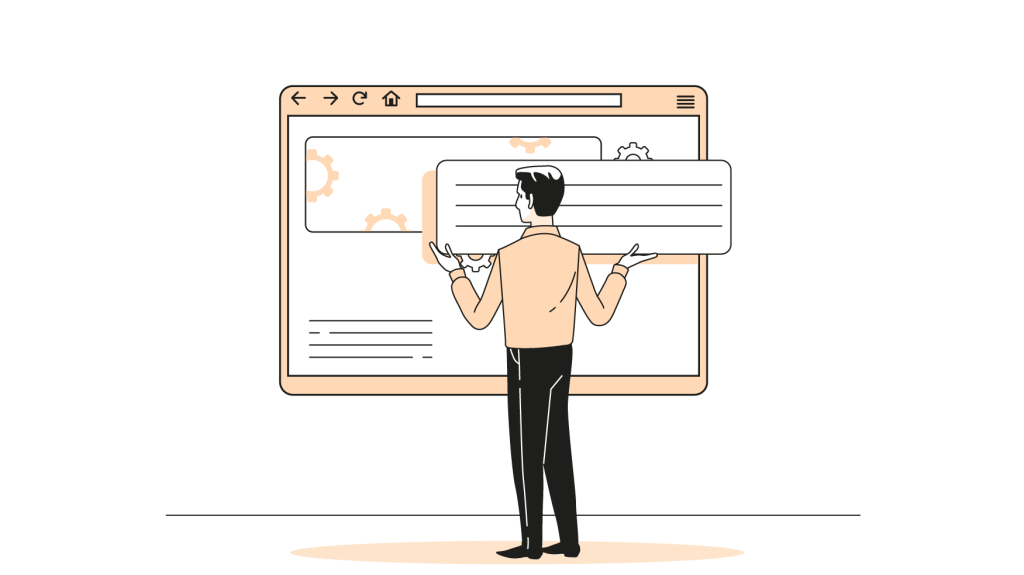Edit Content
0 - $0.00
- 0 items
- view cart
0 - $0.00
- 0 items
- view cart
No products in the cart.
Edit Content








